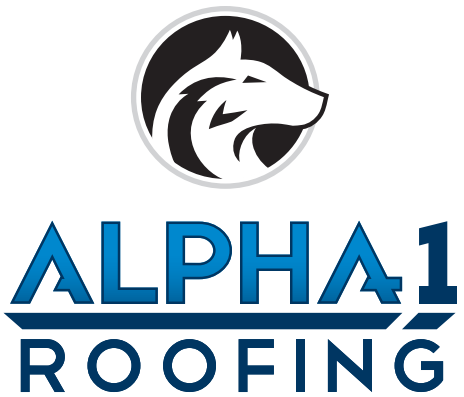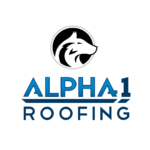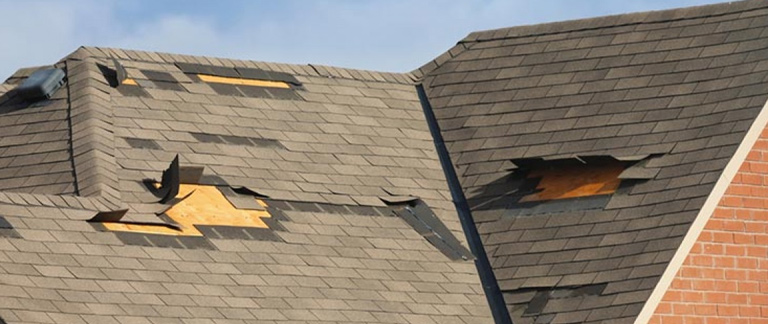As a homeowner, one of the last things you want to worry about is a leaky roof or costly repairs. However, understanding the critical areas of your roof that require regular maintenance is essential to preventing problems before they arise. Among the various components of your roof, roof valleys are often the most vulnerable and overlooked. These areas are the intersections where two roof slopes meet, creating a channel for water to flow off your roof. Because of their design, roof valleys can experience more wear and tear than other parts of the roof. That’s why it’s crucial to give your roof valleys the attention they deserve.
In this article, we’ll explain why roof valleys are so important, why they need special attention, and how you can maintain them to keep your roof in top condition for years to come.
What Are Roof Valleys?
Before diving into the importance of roof valleys, let’s first understand what they are. A roof valley is formed where two sections of the roof slope meet, creating a V-shaped channel that directs water away from your roof. Roof valleys are crucial for guiding rain, snow, and debris off your roof and toward your gutters. If not properly maintained, these areas can lead to water damage, leaks, and even structural issues.
There are two main types of roof valleys: open and closed. An open valley uses metal flashing to direct the water flow, while a closed valley is roofed with shingles that overlap to create a waterproof barrier. While both types have their advantages, regular inspections and proper maintenance are essential to ensuring they continue to function effectively.
Why Roof Valleys Are Vulnerable
Roof valleys are more susceptible to damage for several reasons. Here are a few key factors:
- Water Accumulation
Roof valleys are designed to funnel water away from the roof, but this means they often handle more water flow than other areas of the roof. Heavy rain, snowmelt, and debris accumulation can overwhelm the valley if not properly managed. Over time, water can begin to pool, causing erosion of roofing materials and leading to potential leaks. - Debris Buildup
Because roof valleys are the lowest points where water flows, they tend to collect more debris such as leaves, twigs, and dirt. This debris can block the water flow, causing water to back up under the shingles and potentially leading to leaks inside your home. Regular cleaning of the valleys is essential to ensure water flows freely. - Wear and Tear on Flashing
In an open valley design, metal flashing is installed to protect the roof valley from water infiltration. Over time, this flashing can deteriorate or become damaged due to extreme weather conditions, improper installation, or age. If the flashing is compromised, it can lead to leaks and water damage. - Structural Stress
The angles of the roof slopes where the valleys are located are subject to significant structural stress. The weight of snow, ice, and even water can cause these areas to bend, crack, or break. If not maintained, the structural integrity of the roof valleys can be compromised, resulting in costly repairs.
The Consequences of Neglecting Roof Valleys
Neglecting your roof valleys can have serious consequences. Here are some of the most common problems that can arise:
- Leaks and Water Damage
The most obvious issue is leaks. When water is unable to flow properly through the roof valleys, it can seep under the shingles or metal flashing and into your home. Leaks in roof valleys can cause significant damage to your home’s interior, including ceilings, walls, insulation, and even the structure itself. Repairing water damage can be expensive, and prolonged exposure to moisture can lead to mold growth, which poses health risks to you and your family. - Roof Deterioration
If water consistently pools in the valleys, it can accelerate the wear and tear of roofing materials. Shingles can begin to deteriorate, and metal flashing can corrode. This ongoing damage can shorten the lifespan of your roof and require more frequent repairs or an early roof replacement. - Gutter Blockages
Clogged valleys can lead to debris blocking your gutters, which are supposed to carry water away from your home. When gutters are clogged, water can overflow, leading to potential water damage around your foundation, basement flooding, or even erosion of your landscaping. - Foundation Issues
If the water doesn’t make it into your gutters due to a clogged or damaged roof valley, it will spill over the sides of your roof and flow down to the foundation. Consistent exposure to water can lead to foundation cracks, structural damage, and even flooding in your basement.
How to Maintain Your Roof Valleys
Given the critical role roof valleys play in protecting your home, proper maintenance is key to preventing expensive repairs. Here are some simple steps you can take to ensure your roof valleys remain in good condition:
- Regular Inspections
It’s important to inspect your roof valleys regularly, especially after a storm or heavy snowfall. Look for signs of damage, debris buildup, or water pooling. If you’re not comfortable inspecting your roof yourself, consider hiring a professional roofing contractor to perform an annual inspection. - Clear Debris
To keep your roof valleys functioning properly, make sure to clear away any debris that may accumulate. Twigs, leaves, dirt, and other materials can block water from flowing freely. Use a ladder to safely access your roof and gently remove any debris, or hire a professional to handle it for you. - Repair or Replace Flashing
Check the flashing around your roof valleys to ensure it’s in good condition. If the flashing is bent, cracked, or rusted, it needs to be repaired or replaced immediately to prevent water infiltration. A roofing contractor can help with this task if necessary. - Seal Gaps and Cracks
If you notice any gaps or cracks in your roof valleys, seal them promptly. Small holes can lead to larger issues over time if left unchecked. Use a high-quality roofing sealant to close any openings and prevent water from seeping through. - Professional Roofing Services
If you suspect your roof valleys are in need of more than just cleaning or minor repairs, it’s a good idea to consult with a professional roofing company. They can assess the condition of your roof valleys and recommend repairs or a full replacement if necessary.
Your roof valleys are one of the most important and vulnerable parts of your roof. They serve as the channels that guide water off your roof and protect your home from water damage. However, if neglected, roof valleys can become a major source of leaks, water damage, and costly repairs. Regular maintenance and inspections are key to ensuring your roof valleys remain in good condition and function as they should.
As a homeowner, it’s essential to stay on top of your roof’s health by addressing any issues with your roof valleys as soon as they arise. Whether it’s clearing debris, repairing flashing, or seeking professional help, taking care of your roof valleys will help prolong the life of your roof and protect your home from the elements. If you’re unsure about the condition of your roof valleys or need assistance with maintenance, don’t hesitate to contact Alpha 1 Roofing for expert guidance and service.


